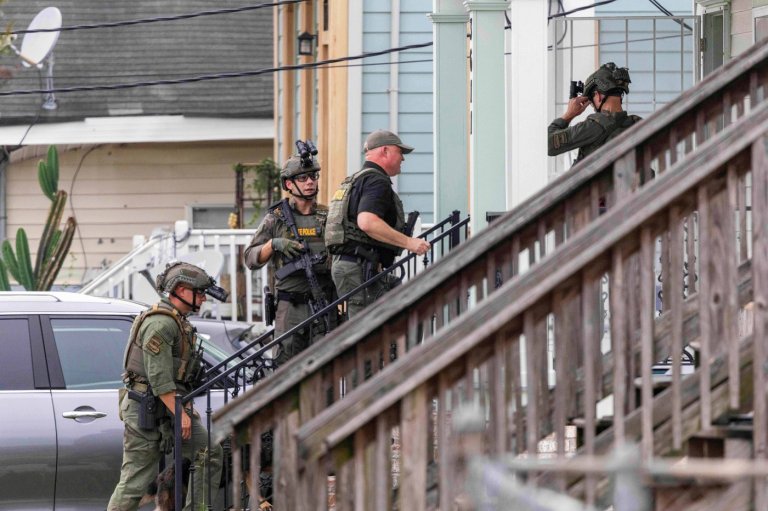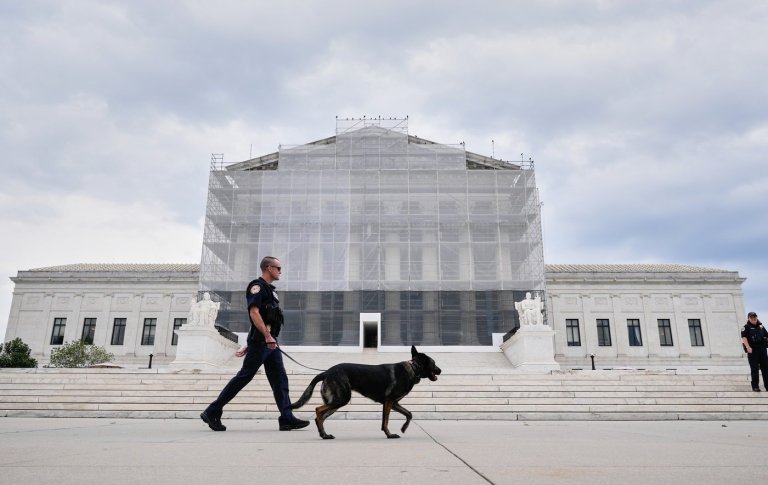First floods, now landslides: Balkans brace for 2 more days of rising waters after record rain
OPCINA NOVO SARAJEVO, Bosnia and Herzegovina – Landslides triggered by unprecedented rains in Bosnia have left hundreds of people homeless, officials said Sunday, while thousands more have fled their homes in neighbouring Croatia and Serbia as Balkan countries battle the region’s worst flooding since modern records began.
Throughout hilly Bosnia, floods are triggering landslides covering roads, homes and whole villages. About 300 landslides have been reported, and stranded villagers often are being rescued by helicopter.
“The situation is catastrophic,” said Bosnia’s refugee minister, Adil Osmanovic.
Three months’ worth of rain fell on the region in a three-day burst, creating the worst floods since rainfall measurements began 120 years ago.
Observed from the air, almost a third of Bosnia chiefly in the northeast resembles a huge muddy lake, with houses, roads and rail lines submerged. Officials say about a million people — more than a quarter of the country’s population — live in the worst-affected areas.
The hillside village of Horozovina, close to the northeastern town of Tuzla, was practically split in two by a landslide that swallowed eight houses. More than 100 other houses were under threat from the restless earth. Residents told stories of narrow escapes from injury or death.
“I am homeless. I have nothing left, not even a toothpick,” said one resident, Mesan Ikanovic. “I ran out of the house barefoot, carrying children in my arms.”
Ikanovic said 10 minutes separated him and his family from likely death. He carried his 7-year-old daughter and 4-year-old son to safety.
Ikanovic said he secured a mortgage and moved in only last year. “Now I have nothing,” he said, adding, “Where will I go now? Where will we live?”
Semid Ivilic’s house in the lower part of the village was still standing. But as he looked upward at the mass of earth and rubble that engulfed his neighbours’ homes, Ivelic said he was worried.
“Nobody is coming to help us,” he said.
Ivilic described the moment when, sitting inside his home, the terrain outside begun to slide. “It sounded like a huge explosion. People started running out of houses, screaming,” he said.
While water levels are receding in some parts of Bosnia, land flanking the Sava River remains submerged, and water levels there are still rising in many areas. Hundreds of people have been plucked by rescue helicopters from flooded towns and villages.
The mayor of Orasje made a special appeal for help. The town is caught between the Sava on one side and another flooding river, the Bosna, on the other.
More than 10,000 already have been rescued from the town of Bijeljina, in northeast Bosnia. Trucks, buses and private cars were heading north with volunteers and tons of aid collected by people in cities outside the disaster zone.
In Sarajevo, volunteers went from door to door collecting whatever people would donate.
The Bosnian Army said it was evacuating people with helicopters and has 1,500 troops helping on the ground. But many roads remain closed by floods and hundreds of landslides. Bridges have been washed away and this has left many towns and villages completely depending on air lifts.
Helicopters from the European Union, Slovenia and Croatia also are aiding rescue efforts. They are deployed in areas around five cities in central and northeastern Bosnia where the situation is considered the most dangerous.
In the eastern sections of neighbouring Croatia, two people are missing and hundreds have fled their homes as the Sava River also breached flood barriers there. The overflowing river rolled over villages and farm land in the relatively flat terrain.
In Serbia, more than 20,000 people have been forced from their homes. Officials there fear more flooding later Sunday as floodwaters travel down the Sava and reach the country.
Serbian officials said that the flood wave might be lower than initially expected, because the river broke barriers upstream in Croatia and Bosnia. Experts said they expect Sava floodwaters to rise for two more days, then subside.
“What happened to us happens not once in 100 years, but once in 1,000 years,” Serbian Prime Minister Aleksandar Vucic said at a government meeting broadcast live on Serbian television. “But it should be over by Wednesday.”
At least 25 people have died in the Balkan floods.
___
Associated Press reporter Jovana Gec in Belgrade contributed to this report.
Join the Conversation!
Want to share your thoughts, add context, or connect with others in your community?
You must be logged in to post a comment.

















